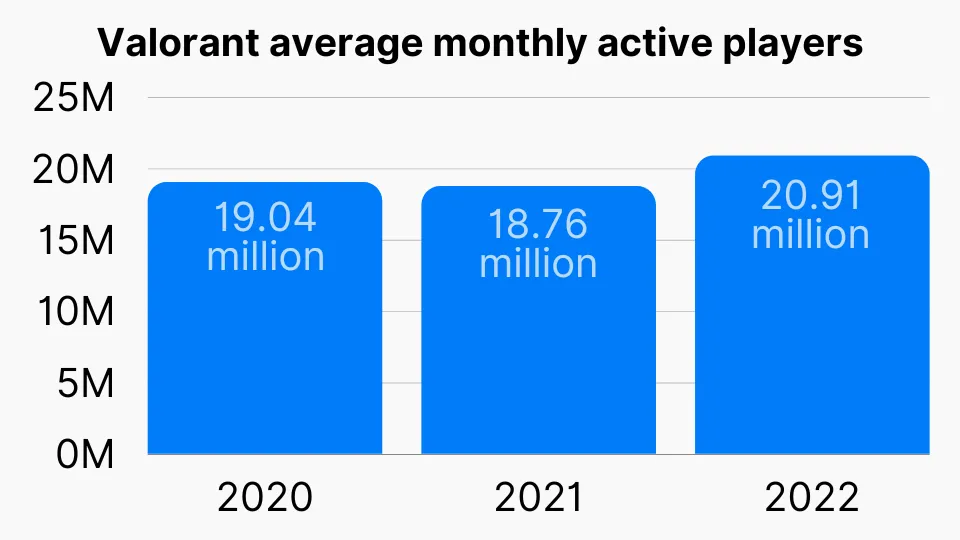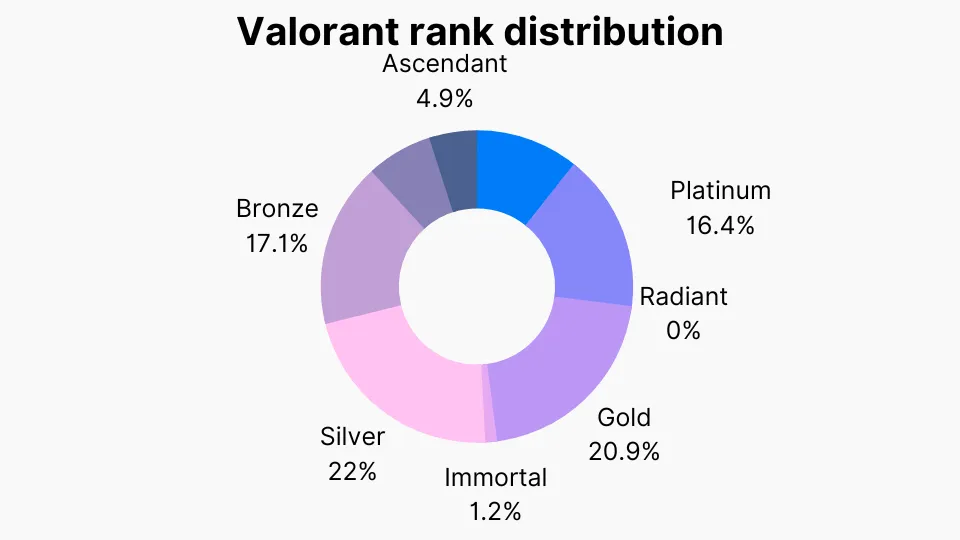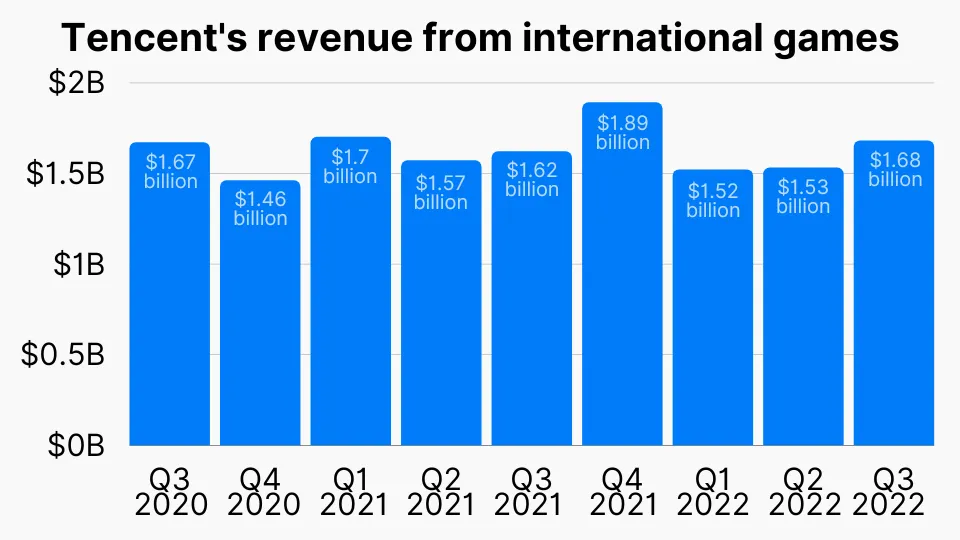Valorant's Esports Empire: Monthly Active Players, Revenue Insights and More

The world of competitive gaming has evolved rapidly in recent years, and one game that has made a significant impact is Riot Games' Valorant. Since its release in June 2020, Valorant has quickly emerged as a dominant force in the esports landscape. In this article, we will delve into the factors that have contributed to its meteoric rise, including the growth of its monthly active players, rank distribution, and the revenue generated by this first-person shooter.
The Growth of Valorant's Player Base
Valorant's growing player base is one of the key factors contributing to its success in the esports world. With consistent updates, engaging gameplay, and a robust competitive scene, the game has attracted a diverse and committed player base. According to recent data, Valorant boasts over 14 million monthly active players worldwide, cementing its position as a top-tier esports title.

Riot Games has also capitalized on its existing fan base from the popular game League of Legends, leveraging its reputation for high-quality gaming experiences to draw in new players. The company's commitment to addressing community feedback and fostering a positive gaming environment has contributed to the game's popularity and ongoing success.
Rank Distribution and Competitive Structure
The competitive structure and rank distribution within Valorant have been designed to encourage players of all skill levels to participate and improve. Valorant's ranking system is divided into several tiers: Iron, Bronze, Silver, Gold, Platinum, Diamond, Immortal, and Radiant, with each tier consisting of three divisions. This tiered structure allows players to easily identify their skill level and progress through the ranks as they improve.

The top 500 players in each region are awarded the prestigious Radiant rank, which serves as a testament to their exceptional abilities. This competitive structure has been instrumental in fostering a thriving esports ecosystem, with numerous professional and amateur tournaments held regularly.
Revenue Generation and Business Model
Valorant's revenue model is a shining example of how a free-to-play game can thrive in the modern gaming industry. The business model is primarily built around in-game purchases, focusing on cosmetics and battle passes, while actively avoiding pay-to-win mechanics. Here, we will delve deeper into the specifics of earnings, income streams, and the overall financial success of Valorant.
A) Earnings from Cosmetic Items
Cosmetic items represent a significant portion of Valorant's revenue stream. Players can purchase unique weapon skins, character outfits, and other visually appealing items to personalize their gaming experience. In 2021, Valorant's cosmetic sales brought in an estimated $150 million, showcasing the enormous potential of virtual goods in a popular game.
Limited-time offers and exclusive collections have been particularly successful in driving sales. For example, the "Prime Collection" and "Glitchpop Collection" were two of the most popular and profitable skin bundles, with each generating millions of dollars in revenue.
B) Battle Pass and Event Revenue
Valorant's battle pass system is another major income source for the game. Players can purchase a battle pass for each "Act" or season, unlocking exclusive rewards as they progress through the tiers. The battle pass typically costs around $10 and includes a variety of cosmetics, Radianite Points (a currency used to upgrade weapon skins), and other in-game items.
With an estimated 10% of the player base purchasing battle passes, and considering the game's 14 million monthly active players, battle pass sales generated approximately $50 million in revenue in 2021.
Additionally, Valorant has organized various limited-time events, like the "Night Market" and the "Valorant Champions Tour," which offer exclusive in-game items for purchase or as rewards. These events have not only increased player engagement but have also contributed to the game's overall revenue.

C) Partnerships and Sponsorships
Valorant's esports ecosystem has attracted several high-profile partnerships and sponsorships. Major brands like Intel, Coca-Cola, and Nike have sponsored tournaments and events, further boosting the game's revenue. While it's difficult to pinpoint an exact figure for the income generated from these deals, it's safe to say that they contribute significantly to Valorant's financial success.
Summary:
Valorant has emerged as a dominant force in the esports landscape since its release in June 2020. Its success is attributed to a growing player base of over 14 million monthly active players, a competitive structure that encourages participation across skill levels, and a revenue model that capitalizes on in-game purchases without resorting to pay-to-win mechanics. Valorant's earnings in 2021 were bolstered by cosmetic sales ($150 million) and battle pass sales ($50 million).
Additionally, high-profile partnerships and sponsorships from major brands have contributed to the game's financial success. Riot Games' commitment to consistent updates, engaging gameplay, and a positive gaming environment has propelled Valorant to its current status as a top-tier esports title.







































